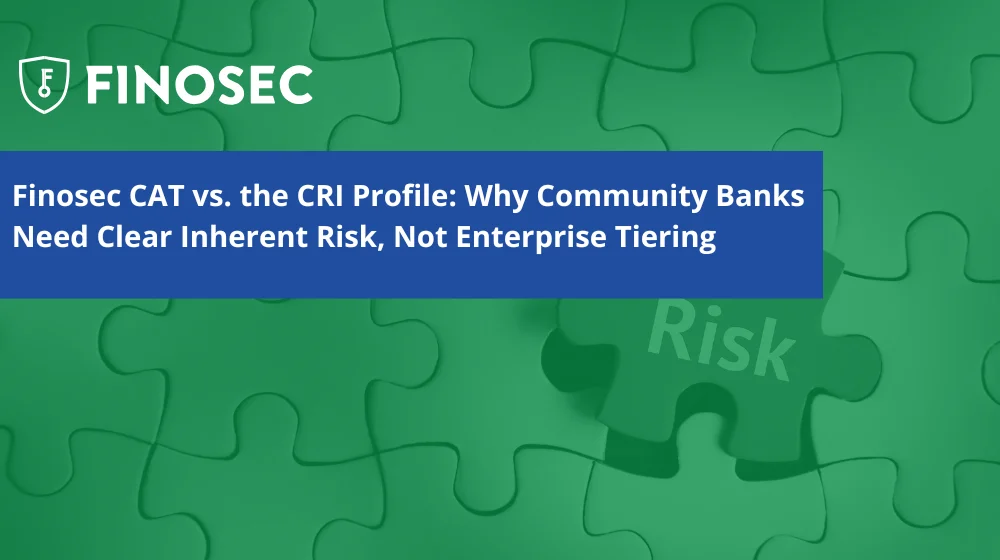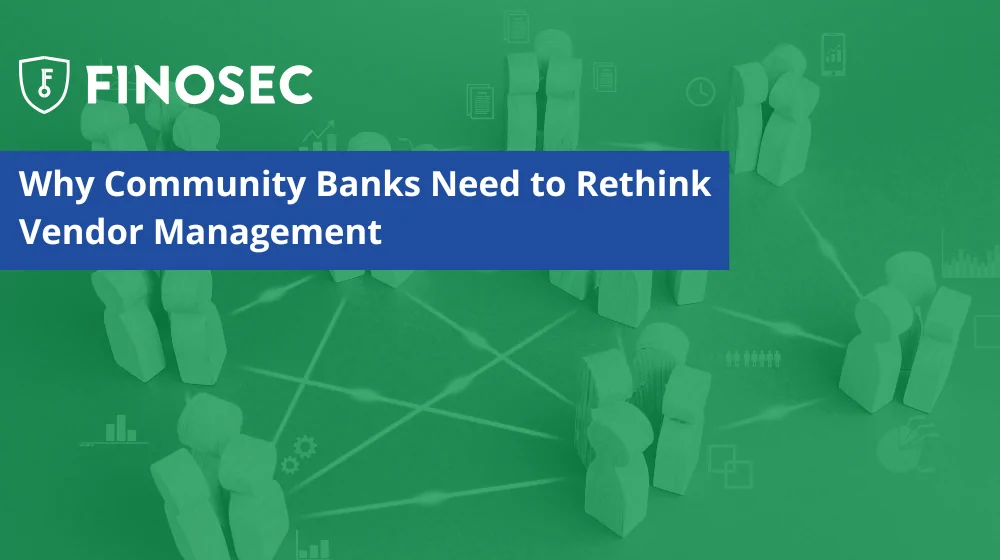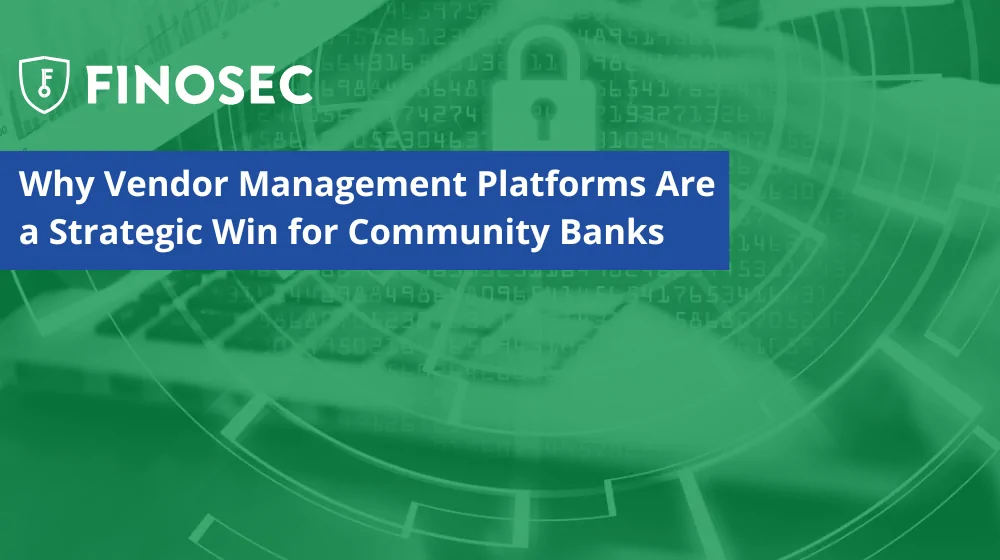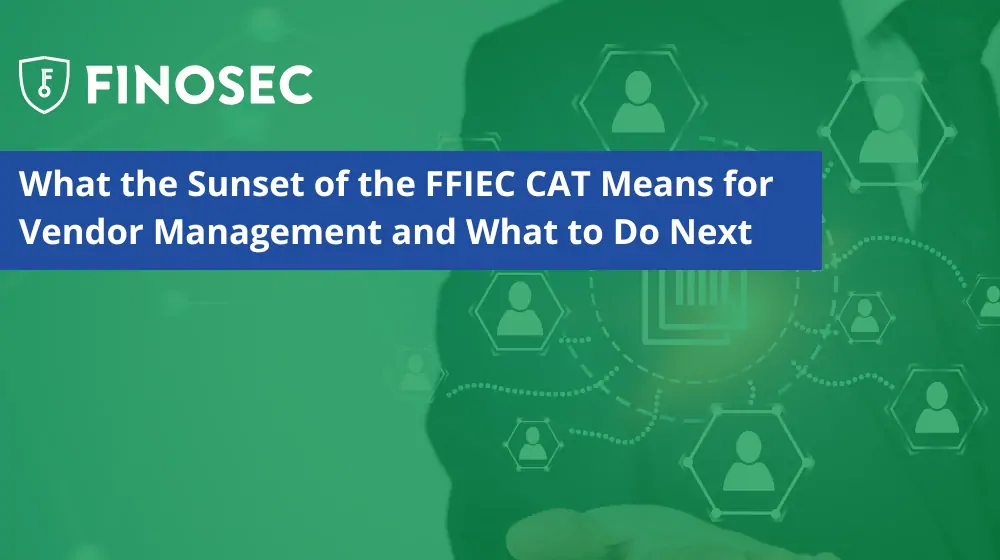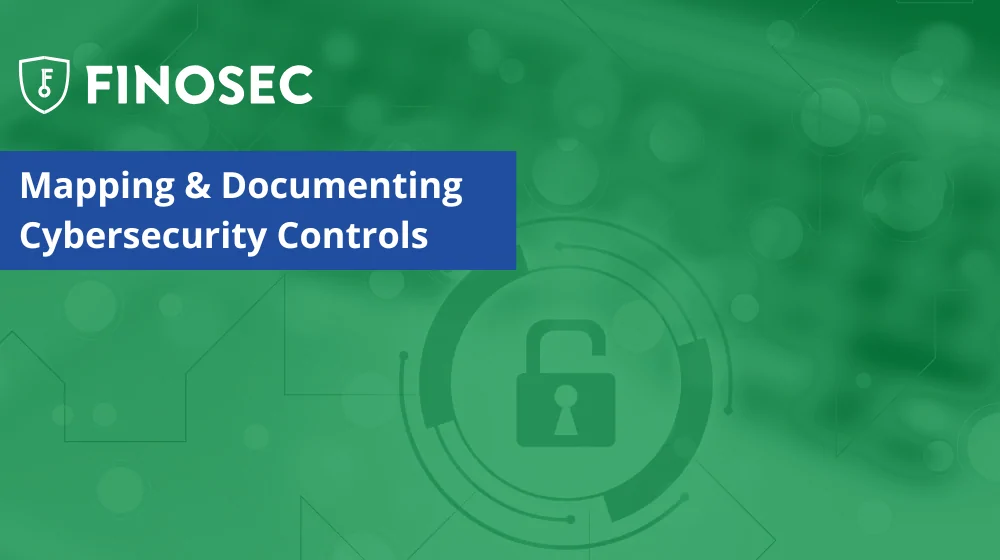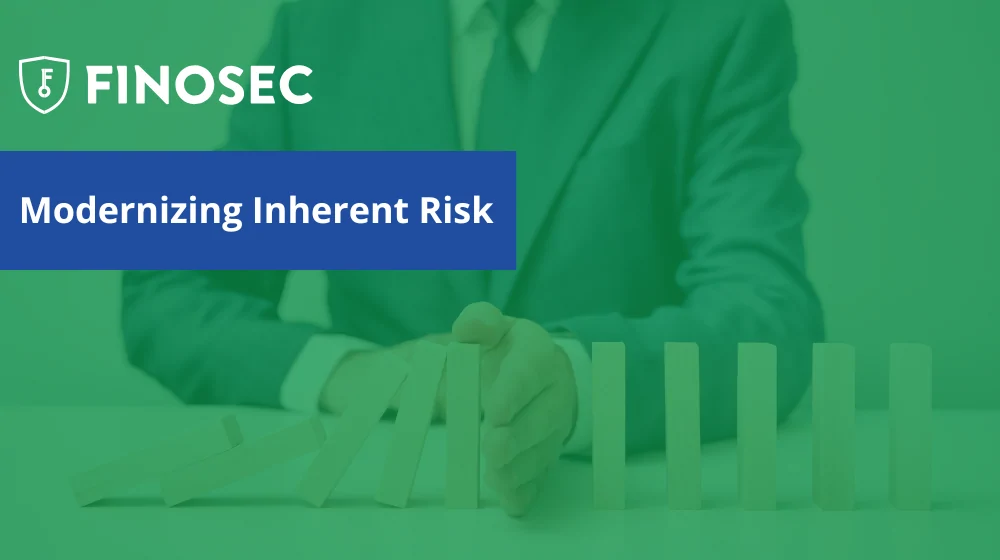Introduction: Streamlining Data Management in Cybersecurity
Continuing our initial discussion in the 3-part series from the R-SAT v2.0, we turn to the core of data protection: data management. As an Information Security Officer, your role is pivotal in safeguarding your bank’s assets. Comprehensive protection begins with the knowledge that every system – and each piece of data within those systems – is known and accounted for and is managed with the utmost care.
Building a Comprehensive Data Inventory: The Foundation of Security
The R-SAT v2.0 emphasizes the importance of having a thorough (and up-to-date!) data inventory. This is your roadmap to:
- Uncover All Data Assets
Identify where all data resides, ensuring systems are not overlooked. - Secure Access Points
Verify that Multi-Factor Authentication (MFA) is implemented across all systems where sensitive data is accessed.
Robust Backup Strategies: Your Assurance Against Data Loss
A comprehensive backup strategy is your safety net. R-SAT v2.0 guides you to:
- Regularly Back Up Data
Implement a routine that ensures all critical data is backed up and recoverable. - Test Recovery Procedures
Regularly test these backups to guarantee a quick recovery in case of an incident.
Incident Response: Preparedness That Pays Off
Being prepared for when things go wrong is just as important as preventing incidents. R-SAT v2.0 encourages you to:
- Establish Clear Response Protocols
Know the steps to take in the event of a data breach or cyberattack. - Conduct Tabletop Tests and other Simulations
Test your incident response plan to ensure your team is ready to act swiftly and effectively.
Understanding Data Sovereignty in the Mix
With data becoming spread across the world, R-SAT v2.0 asks you to:
- Comply With Local Laws
Ensure that your data handling practices adhere to the “laws of the land” where your data is going to reside. *Don’t forget about the backups as well!
Actionable Steps
- Catalog Your Data
Use the R-SAT v2.0 to help brainstorm additional critical applications and update (or create) a complete inventory of your bank’s systems. - Implement and Verify MFA
Ensure that MFA is active where needed and regularly monitored. Identify and report on any gaps. - Review Backup and Recovery
Confirm that backup systems are in place and recovery plans are practiced and polished. - Fine-tune Your Incident Response
Update and test your incident response plan. Ensure contact information and call-trees are valid. (Save a copy offline in case the worst should happen.) - Ensure Data Sovereignty Compliance
Review data locations for critical and NPII data, including backup locations. Verify contracts with key vendors for data-at-rest locations. Stay updated with data protection laws applicable to your bank’s operations.
Turn to Finosec’s Governance 360 platform for an integrated approach to data management. Our platform aligns with R-SAT v2.0’s framework, helping you manage your data inventory, capture MFA per system, prepare for incidents, and complete risk assessments associated with systems and vendors quickly and effectively. Let us help you bolster your bank’s cybersecurity measures.
For more detailed information on the R-SAT v2.0, the webinar can be found here.
Or visit the Conference of State Bank Supervisors here.

